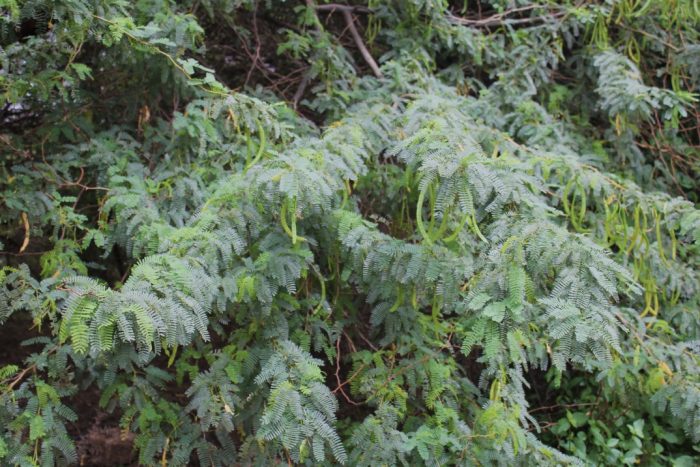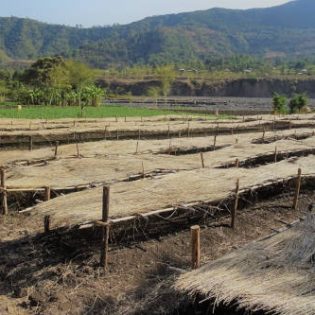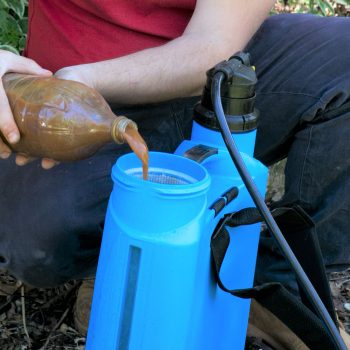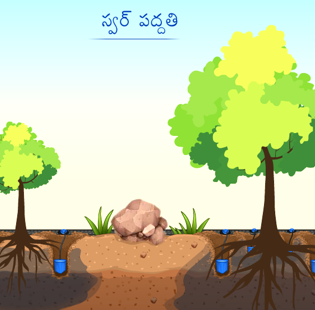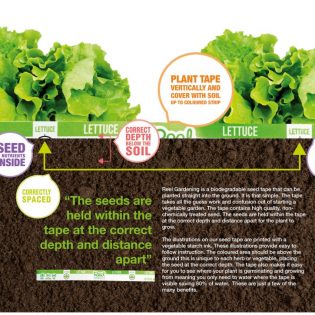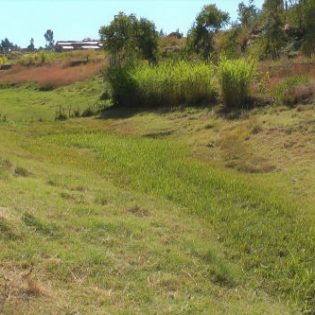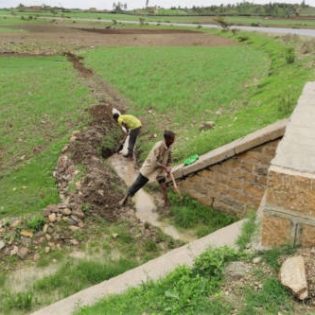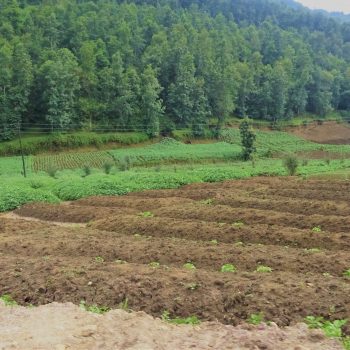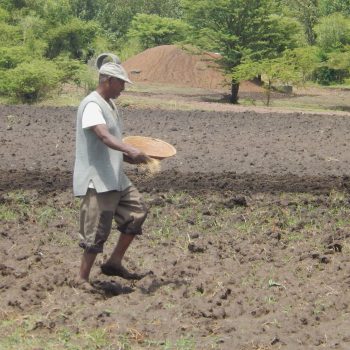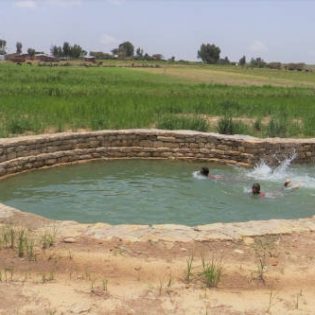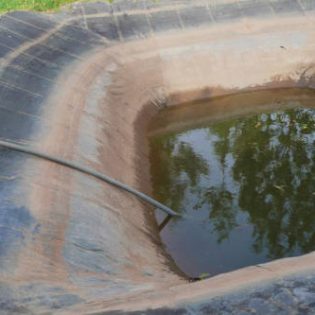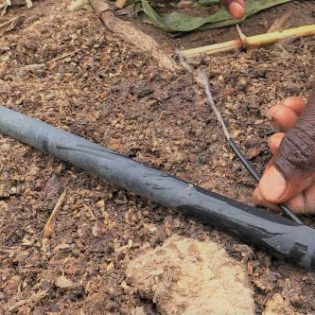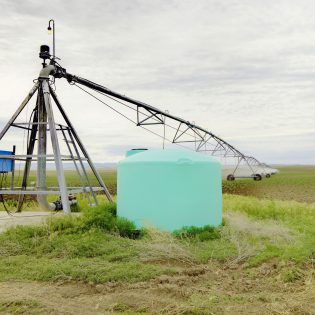| An ‘invasive species” is defined as a species that is non-native to the ecosystem under consideration and whose introduction causes or likely to cause economic or environmental harm or harm to human life. Invasive species can be considered a pest as they are a major cause of crop loss and can adversely affect food security (Cook et al., 2011). With good planning, adequate techniques, and sustained effort, it is now possible to eradicate many types of invasive species, especially in the early stages of an invasion, or where a population is confined to an island or limited habitat. The eradication of invasive species can yield major economic benefits, by permanently removing the cause of damage to crops, livestock or native biodiversity, and obviating the need for costly perpetual control.
The difference between eradication and control is only one of grade; these two strategies are part of a gradient of interventions, and both share the purpose of annulling or (if not feasible) decreasing the impact exerted by invasive species. The methods used to control or eradicate invasive species are: (a) mechanical removal of invasive species from an area; (b) construction of barriers to prevent their spread; (c) reduction of their population size by using biological means; or (d) by using biocides; or (e) by having recourse to autocidal approaches; and (f) habitat management (Gherardi & Angiolini, 2009). Eradication, that is the removal of every potentially reproducing individual of a species from an area where this behaves as invasive or the reduction of its population density below sustainable levels, is the best management option, since it removes the need for further control and ongoing financial and environmental costs. Low-cost tools such as the ‘Tree puller’ can be very useful. However, eradication is likely to be successful only in the earliest stages of an invasion, or in “island” systems of manageable size. Eradication is often difficult, particular in extensive land use such as in rainfed cultivation or rangelands. In intensive cultivation the re-emergence and reinfestation can be controlled. Before starting any eradication program, managers should be fully aware that (a) adequate funds and commitment exist to complete the eradication, (b) monitoring of the population size is feasible, and (c) eradication will be followed by the restoration or management of the community or ecosystem resulting from the removal of a “keystone” target species.
|
Additional information
| (semi) Natural unused areas | (semi) Natural unused areas |
|---|---|
| Agriculture | Flood/spate irrigated, Irrigated, Rainfed (Crop) |
